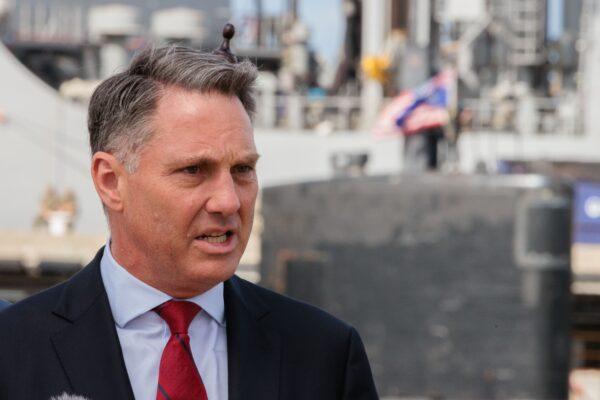As ANZAC day approaches, Australia and New Zealand will be strengthening the relationship between both armies under a new agreement that upgrades the long-standing trans-Transman strategic partnership.
“Plan ANZAC” provides a framework to increase cooperation, improve interoperability, and enhance engagement as well as exchange information.
Chief of the New Zealand Army Major General John Boswell, said the agreement will reflect a broader defence relationship that is open and enduring.
“As close neighbours and allies, we have a mutual commitment to support each other’s security, closely coordinate our efforts in the South Pacific, and maintain a shared focus on the security and stability of our wider region. This plan ensures our armies can continue to effectively contribute to that,” he said.
“We will be able to better share lessons across capability development, doctrine for training, and many other areas related to the generation and in the New Zealand Army’s current case, the regeneration of land combat capability.
Boswell added that both armies have a deep history of operational service and mateship and, together for more than a century, have supported global peace and regional stability.
“We will continue to do just that,” he said.

Chief of Australian Army Lieutenant General Simon Stuart said the agreement built on the significant ANZAC partnership to support combat operations and joint capabilities to meet today’s challenges.
“This partnership will see both armies better prepared to work together to support security and stability missions and humanitarian aid and disaster relief operations,” he said.
Stuart told ABC that Plan ANZAC builds on “our very significant ANZAC history” and ensured both countries could integrate and work together in a way that best suited the needs of the current situation in the region.
Harinder Sidhu, Australia’s high commissioner to New Zealand, said the signing of the agreement was a “great example” of the ANZAC spirit.
Major Military Enhancement For Australia
The upgraded partnership comes as geopolitical tension rise in the wider Indo-Pacific region, which has seen a significant global strategic shift towards the region.Australian Defence Minister Richard Marles previously said the biggest concern he was hearing about from the Pacific nations was the threat of climate change.
He indicated that the Australian government would use climate change as the key policy to win support from the island nations amid heightened geopolitical competition with Beijing.

Amid concerns of China’s growing influence and assertiveness in the Indo-Pacific, Australia signed a trilateral pact with the United States and the United Kingdom in March centred around the $386 billion (US$260 billion) nuclear submarine deal, but also includes the sharing of technology.
Gregory Cople, the president of the Washington-based International Strategic Studies Association, said AUKUS was potentially the most significant global security alliance of the 21st century.
Century-Old Mateship
The announcement comes as New Zealand appears to be increasingly aligned with its sole military ally, Australia, after years of walking a tightrope between China and its Western allies.Both prime ministers, New Zealand’s Chris Hipkins and Australia’s Anthony Albanese have accepted an invitation to the NATO leaders’ summit in Lithuania in July.
Both countries also recently issued bans for the social media app TikTok on all government devices, citing security risks.

New Zealand Defence Minister Andrew Little signalled that the New Zealand government was open to discussions about joining the non-nuclear aspects of the AUKUS arrangements, or “Pillar Two.”
In turn, Australia’s defence minister noted that AUKUS was fundamentally a capability and technology-sharing arrangement.
Hipkins will also make his second visit to Australia as prime minister to meet Albanese in Brisbane this weekend, before ANZAC day.
Albanese will announce if his government will grant New Zealanders living in Australia voting rights.





